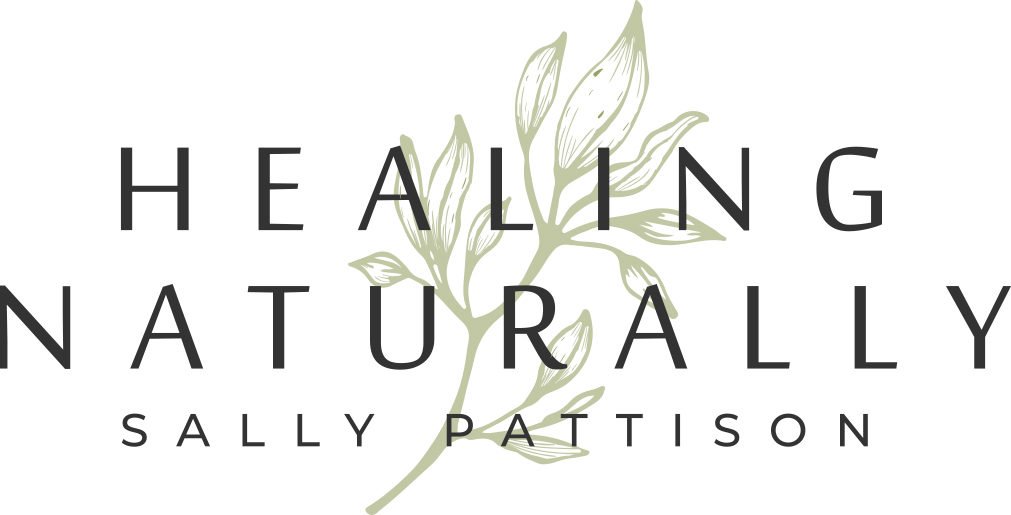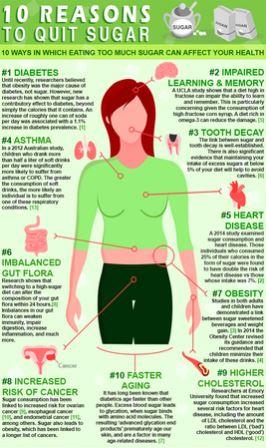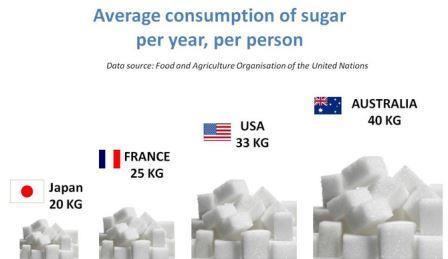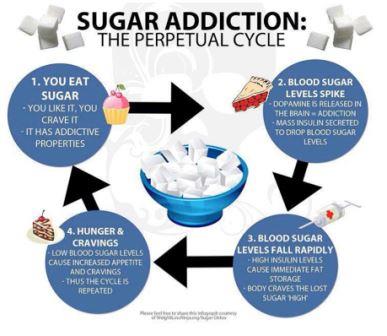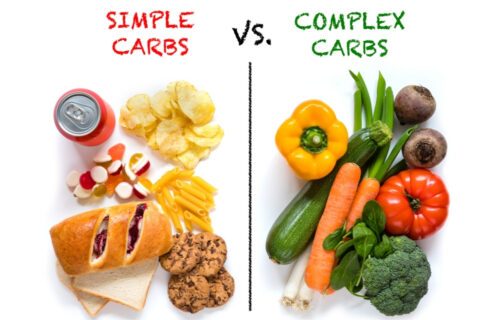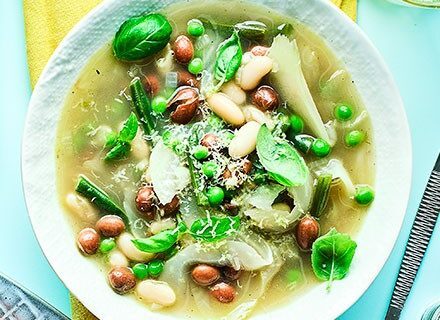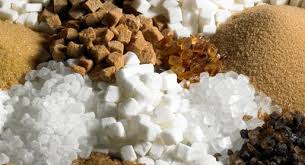
Sugars
Sugar or Not?
Rice Syrup, Coconut sugar, honey….molasses, agave, rapadura….what should we be eating?
What to choose? Well it depends on your health, weight, risk factors and whether you have food sensitivities.
The new reports on ‘fat doesn’t make you fat,’ and sugar being ‘white poison’ or ‘dietary cocaine’ has led to a lot of questioning of what is the best option.
Celebrity chefs, cooks, foodies have their own opinions and selling a lot of books for those opinions. I would just like to simplify it all a little bit (given current research and information available).
Firstly:
Glucose is the form of energy you were designed to run on. Every cell in your body, every bacterium — and in fact, every living thing on Earth — uses glucose for energy.
Fructose – What’s wrong with fructose?
First, we need to clarify something. Concentrated fructose is not found in fruit, or anywhere else in nature. When the sugar occurs in nature, it is often called “levulose” and is accompanied by naturally-occurring enzymes, vitamins, minerals, fibre, and fruit pectin. Concentrated fructose, on the other hand, is a man-made sugar created by the refining process.
What are our Choices:
Brown rice syrup is NOT a health food. To begin with research done (Environmental Health Perspectives Journal) on brown rice syrup found levels of arsenic up to 20x what’s considered safe. This was in baby formulas, brown rice syrups, cereal bars & “Energy Shot Blocks”. These need to be avoided.
This sweetener is made by exposing cooked rice to enzymes that break down the starch into simple sugars. Brown rice syrup contains no refined fructose, just glucose. The absence of refined fructose is good… but rice syrup has a glycemic index of 98, which means that the glucose in it will spike blood sugar extremely fast.
It is highly refined and contains no nutrients.
Agave syrup is high in refined fructose and to be avoided. The harvesting techniques are also questionable. Agave nectar available on the shelf here is not what the native Mexicans used. The manufacture of agave is an enzymatic and chemical process that converts starch into fructose rich syrup – 70% fructose or higher.
Rapadura sugar. Rapadura is the pure juice extracted from sugar cane (using a press), which is then evaporated over low heats, whilst being stirred with paddles, then ground to produce a grainy sugar. It has not been cooked at high heats nor spun to change it into crystals and the molasses has not been separated from the sugar. It is usually produced organically, and does not contain chemicals or anti-caking agents. Some people feel it a better option due to it being pressed and naturally dried at low temperatures, allowing sugar to maintain all nutritional properties. However, it is still 50% fructose.
‘Rapadura’ can also be called Panela, Raspadura, Chancaca or Piloncillo, depending on where it is made.
Fresh Fruit is great and should be eaten once to twice daily. The fibre within the fruit slows the absorption, preventing ‘sugar spikes.’ Plus the volume consumed by eating the whole fruit means less intake.
In vegetables and fruits, it’s mixed in with fibre, vitamins, minerals, enzymes, and beneficial phytonutrients, all which moderate any negative metabolic effects.
Fruit Juice is not okay due to high concentrations of sugar and no fibre to slow it down.
HFCS – most of us are now aware of the dangers of high fructose corn syrup. It is the cheap sweetener that has infiltrated more foodstuff than we care to examine. Today, 55% of sweeteners used in food and beverage manufacturing are made from corn, and the number one source of calories in Australia and America is soft drinks, in the form of HFCS.
Blackstrap Molasses. Blackstrap molasses is a thick, dark syrup left after the extraction of sugar from sugar cane. The roots of the sugar cane run a long way into the soil, and have received a broad spectrum of minerals and trace elements. Molasses has a bitter-sweet flavour, and is a popular health food due to its high levels of iron, copper, potassium and magnesium.
Black strap molasses, as opposed to straight molasses means it is the most concentrated form of molasses made from the final boiling of the sugar cane extract, so it’s the most concentrated form of molasses. It’s also unsulphured, which means that no allergenic chemicals have been used in processing.
The most important benefit of molasses is its high mineral content.
So what is the better option?
If you are avoiding sugar due to diabetes, metabolic syndrome and obesity you are better off with low GI stevia.
Honey & Maple syrup, coconut sugar are still sugar, but at least they have nutritional advantages.
Some more facts to chew on: A Calorie Is Not a Calorie
If you received your fructose only from vegetables and fruits (where it originates) as most people did a century ago, you’d consume about 15g per day – we currently consume around 73g per day.
It isn’t that fructose itself is bad — it is the MASSIVE DOSES you’re exposed to that make it dangerous. There are two (oops came up with 5) reasons fructose is so damaging:
- Your body metabolizes fructose in a much different way from glucose. After eating fructose, 100% of the metabolic burden rests on your liver. But with glucose, your liver has to break down only 20%.
- People are consuming fructose in enormous quantities, which has made the negative effects much more profound.
- Every cell in your body, including your brain, utilizes glucose. Therefore, much of it is “burned up” immediately after you consume it. By contrast, fructose is turned into free fatty acids, VLDL (the damaging form of cholesterol), and triglycerides, which get stored as fat. This, in turn can lead to insulin resistance and non-alcoholic fatty liver disease (NAFLD). Insulin resistance progresses to metabolic syndrome and type II diabetes.
- When you eat 120 calories of glucose, less than one calorie is stored as fat. 120 calories of fructose results in 40 calories being stored as fat. Consuming fructose is essentially consuming fat!
- Glucose suppresses the hunger hormone ghrelin and stimulates leptin, which suppresses your appetite. Fructose has no effect on ghrelin and interferes with your brain’s communication with leptin, resulting in overeating.
The bottom line is: fructose leads to increased belly fat, insulin resistance, and metabolic syndrome — not to mention the long list of chronic diseases that directly result. And eating sugar may accelerate the ageing process itself.
How do we change our habits?
Ideally, I recommend that you avoid as much sugar as possible. This is especially important if you are overweight or have diabetes, high cholesterol, or high blood pressure. I also realize we don’t live in a perfect world, and following rigid dietary guidelines is not always practical or even possible.
Most people eat sweet things from habit. Detoxifying your body can help shift those habits. After a detox we can introduce sweet treats as exactly that – a treat.
If you want to use a sweetener occasionally, this is what I recommend:
- Use the herb stevia. Stevia is perhaps unique among food ingredients because it’s most valued for what it doesn’t do. It doesn’t add calories. Unlike other sugar substitutes, stevia is derived from a plant.
- Use organic cane sugar in moderation.
- Use fruit to satisfy that desire for sweetening. But don’t overdo it and eat it whole.
- Use organic raw honey in moderation. Preferably not heated.
Aim for 3g of sugar per 100g of the food
More information? Take a look at these links: Fed Up Sweet Poison
There are lots of opinions, just as there are lots of different bodies.
Simply limit the sweet stuff and eat fresh! Sugar is addictive.
